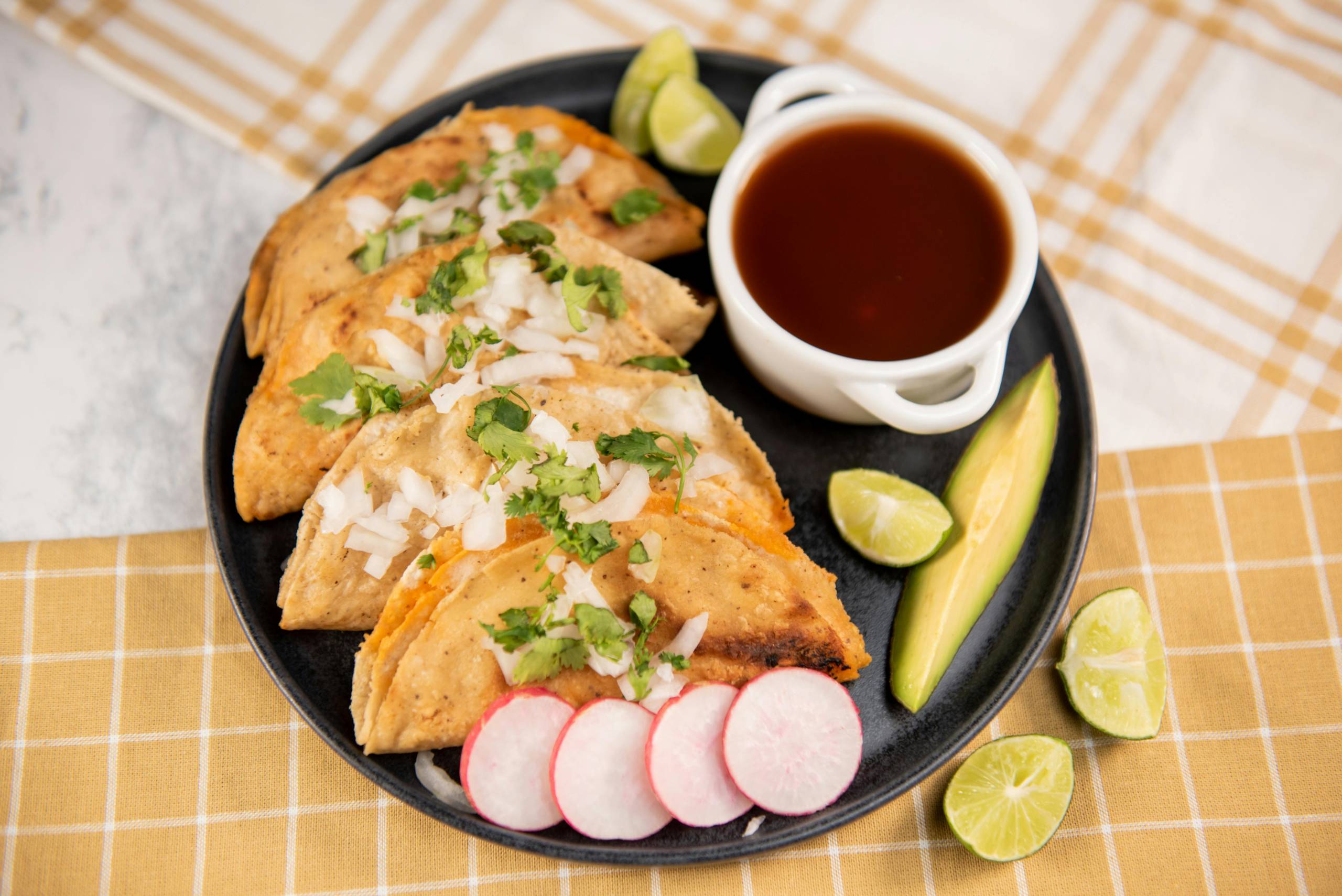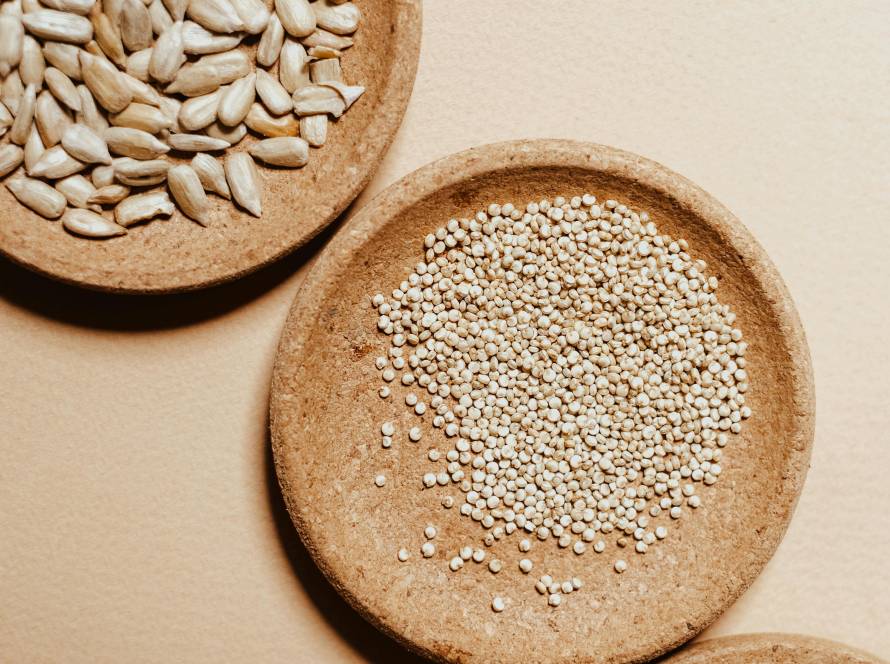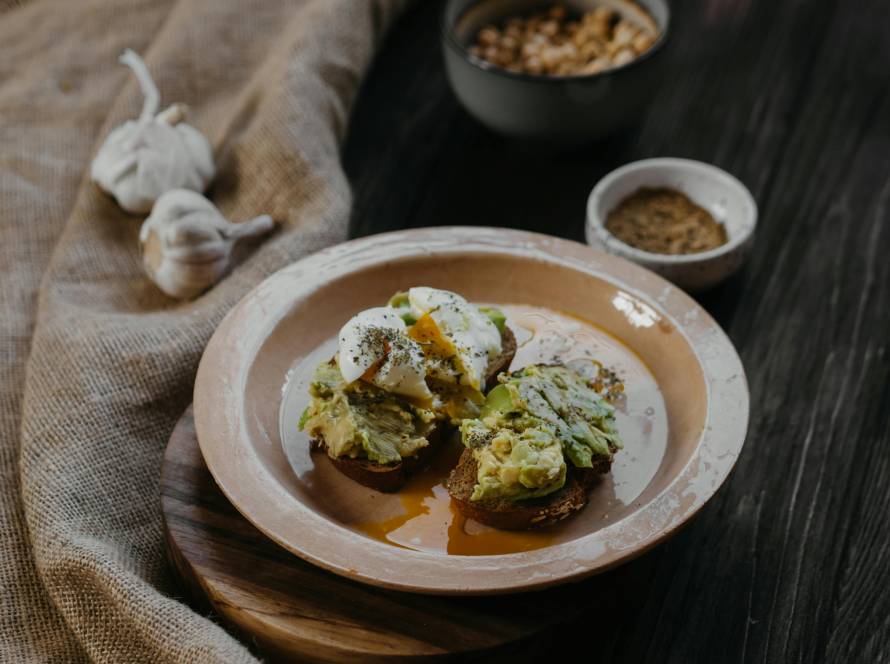Delicious Gluten-Free Cakes for Every Celebration
If you’ve ever struggled with crumbly or dry results when baking gluten-free, you’re not alone. Gluten-free baking can seem intimidating, but with the right ingredients and techniques, baking moist and fluffy gluten-free cakes is absolutely achievable. Whether you’re managing celiac disease, have a gluten sensitivity, or are exploring a gluten-free lifestyle, this guide will show you how to make your cakes so good no one will guess they’re wheat-free.
Why Moist and Fluffy Matters in Gluten-Free Baking
One of the biggest challenges in gluten-free baking is achieving the soft, airy texture cakes are known for. Gluten, the protein found in wheat, provides elasticity and structure. Without it, cakes can easily end up dense, dry, or crumbly. That’s why mastering the right techniques and using proper ingredient combinations is key to success.
Essential Ingredients for Moist Gluten-Free Cakes
Knowing your ingredients is half the battle. Here’s a look at what you’ll need to bake cakes that are moist, fluffy, and delicious:
1. Gluten-Free All-Purpose Flour Blends
Start with a high-quality gluten-free flour blend. Look for one that contains a mix of rice flour, potato starch, and tapioca starch, plus binders like xanthan gum or guar gum.
2. Xanthan Gum or Guar Gum
These binding agents mimic gluten’s role in wheat-based recipes by helping your batter hold together.
3. Moisture-Retaining Ingredients
- Unsweetened applesauce
- Greek yogurt or dairy-free yogurt
- Buttermilk (regular or plant-based)
- Oil (like avocado, canola, or coconut)
These ingredients help introduce and lock in moisture throughout the baking process.
Must-Try Easy Gluten-Free Cakes Recipes
Gluten-free cakes have come a long way from dry, crumbly textures to rich, moist, and flavor-packed desserts that everyone can enjoy—whether you’re gluten-intolerant or simply seeking healthier options. With the right ingredients and techniques, you can bake cakes that rival their traditional counterparts in taste and texture. Here are some must-try gluten-free cake recipes that are perfect for birthdays, holidays, or just satisfying your sweet tooth:
- Gluten-Free Chocolate Cake – Decadent and moist, perfect with a dark chocolate ganache.
- Almond Flour Carrot Cake – Naturally sweet with a nutty twist, topped with cream cheese frosting.
- Coconut Flour Vanilla Cake – Light, fluffy, and perfect for layering.
- Flourless Chocolate Torte – Rich and fudgy with just a few ingredients.
- Lemon Almond Cake – Bright, zesty, and elegant for afternoon tea.
- Gluten-Free Red Velvet Cake – Soft, vibrant, and perfect for celebrations.
Key Techniques for Fluffy Gluten-Free Cakes
Even the best ingredients won’t work without proper technique. Here’s how to get it right every time:
Measure Accurately
Gluten-free baking is more sensitive to ingredient ratios. Use a kitchen scale for precision, especially with flour and liquids.
Use Room Temperature Ingredients
Dairy, eggs, and butter blend more smoothly when they’re not cold. This creates a more uniform batter and even baking.
Don’t Overmix
Overmixing can break down your batter’s structure, making it denser. Stir until just combined, especially after adding flour.
Let the Batter Rest
Allow your batter to sit for 15–30 minutes before baking. This helps hydrate the flour for a smoother texture and better rise.
Preheat the Oven Thoroughly
Make sure your oven is fully preheated. Gluten-free cakes depend on proper temperature from the start to rise effectively.
Favorite Gluten-Free Cake Flavors
You can bake nearly any flavor of cake gluten-free with the right base. Try these popular options:
- Chocolate Cake – Rich and moist with cocoa powder and espresso
- Lemon Cake – Light and zesty with lemon juice and zest
- Vanilla Bean Cake – A timeless classic with real vanilla extract
Common Mistakes in Gluten-Free Baking & How to Avoid Them
Every baker makes mistakes! Here are some of the most common – and how to fix them.
1. Dry or Crumbly Cake
Fix: Use more fat or moisture-retaining ingredients like yogurt, or increase the amount of oil slightly.
2. Gummy Center
Fix: This may mean your cake is underbaked. Use a toothpick to test the center, and extend baking time if needed.
3. Cake Doesn’t Rise
Fix: Check your leaveners (baking powder/soda) for freshness, and be sure the batter isn’t overmixed.
Exploring Wheat-Free Baking Techniques
Beyond flour blends, try incorporating whole-food alternatives that naturally don’t contain gluten. Ground almonds, coconut flour, and oat flour (certified gluten-free) can contribute flavor and texture while keeping your results light and moist.
Top Tips for Moist and Fluffy Gluten-Free Cakes
- Always sift your gluten-free flours
- Weigh dry ingredients for accuracy
- Use sour cream or Greek yogurt for moisture
- Cool cakes completely on a wire rack before frosting
- Wrap layers and freeze before assembling layered cakes — this locks in moisture
Recommended Frostings and Fillings
Moist and fluffy cakes pair best with soft whipped frostings like:
- Buttercream (classic or vegan)
- Cream cheese frosting
- Chocolate ganache
- Coconut whipped cream (dairy-free)
Fruity fillings also complement gluten-free cakes beautifully — try raspberry preserves, lemon curd, or fresh berries with whipped topping.
Storing Gluten-Free Cakes Properly
Cakes without gluten dry out faster. For best results:
- Wrap tightly with plastic wrap or store in air-tight containers
- Freeze leftovers and defrost gently
- Eat within 2–3 days for maximum freshness
Enhancing Your Gluten-Free Lifestyle
Baking is just one part of a successful gluten-free lifestyle. Keep your kitchen safe by avoiding cross-contamination and always using certified gluten-free ingredients.
For more expert advice and community support, visit the Gluten Intolerance Group.
Final Thoughts: Gluten-Free Baking Doesn’t Have to Be Hard
With the right knowledge, moist and fluffy gluten-free cakes are within your reach. Whether you’re an experienced home baker or just starting your journey into gluten-free baking, experiment confidently and tweak techniques to suit your preferences. Soon, you’ll be baking cakes so delightful that both gluten-free and gluten-loving guests will be asking for second helpings!



